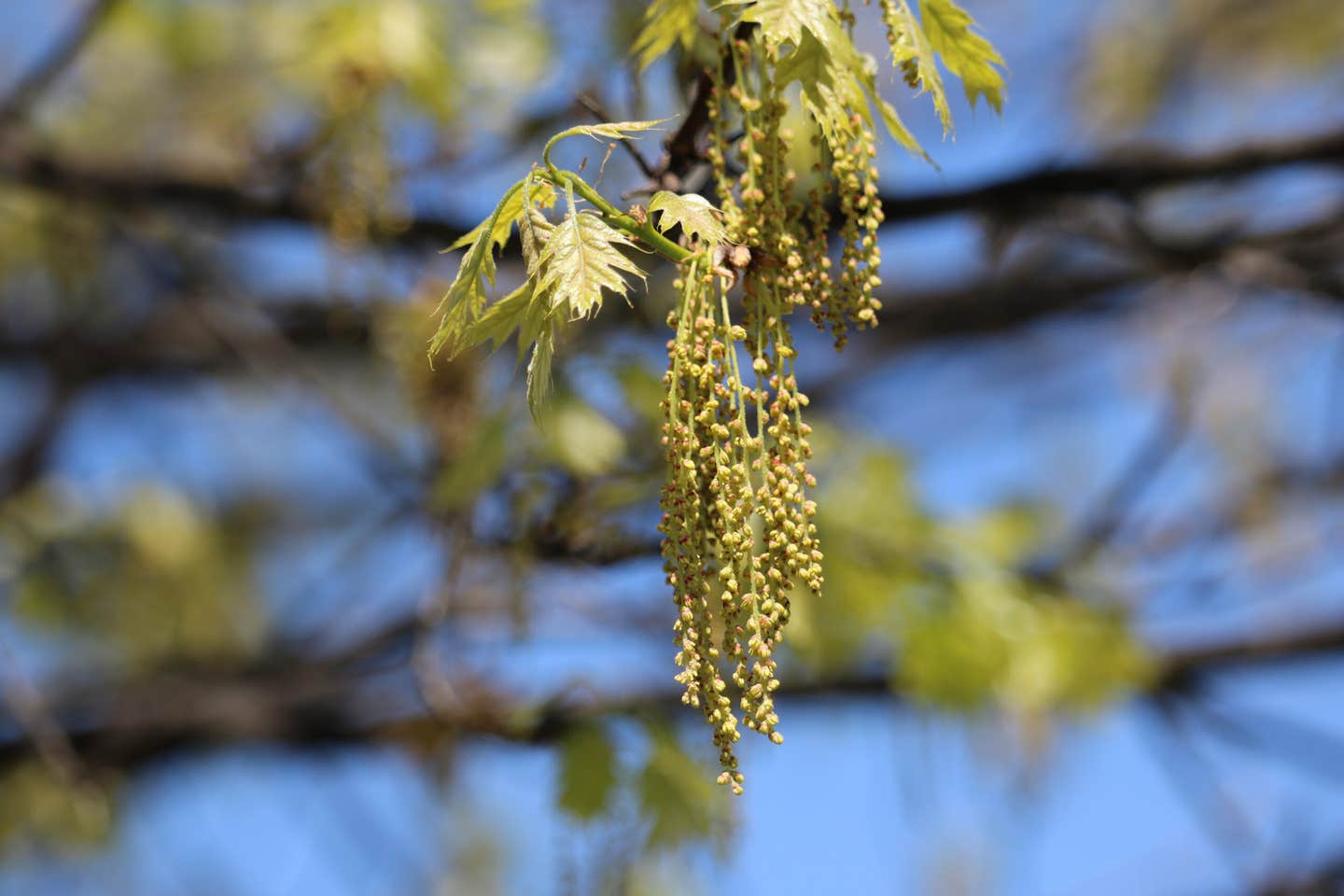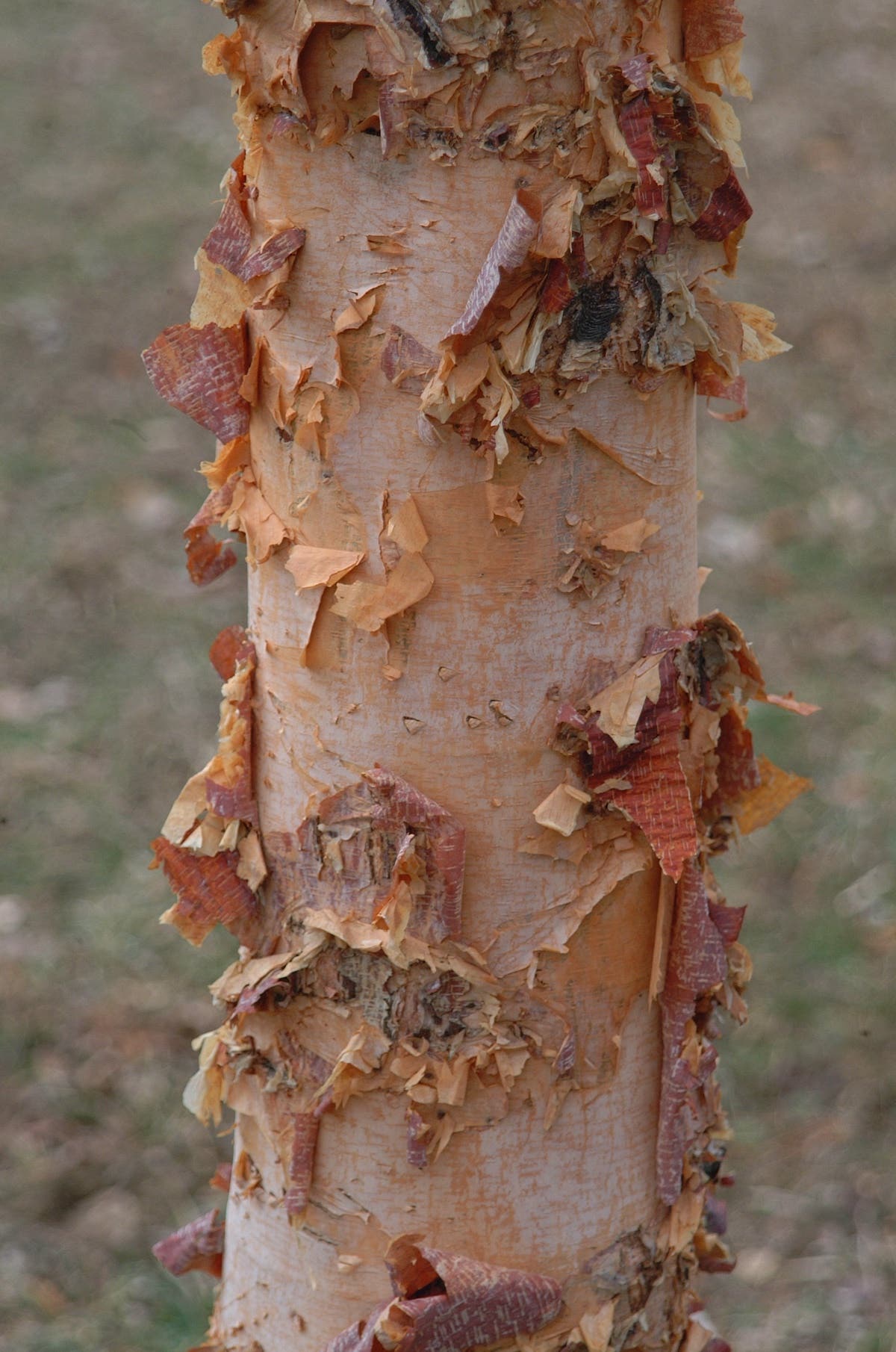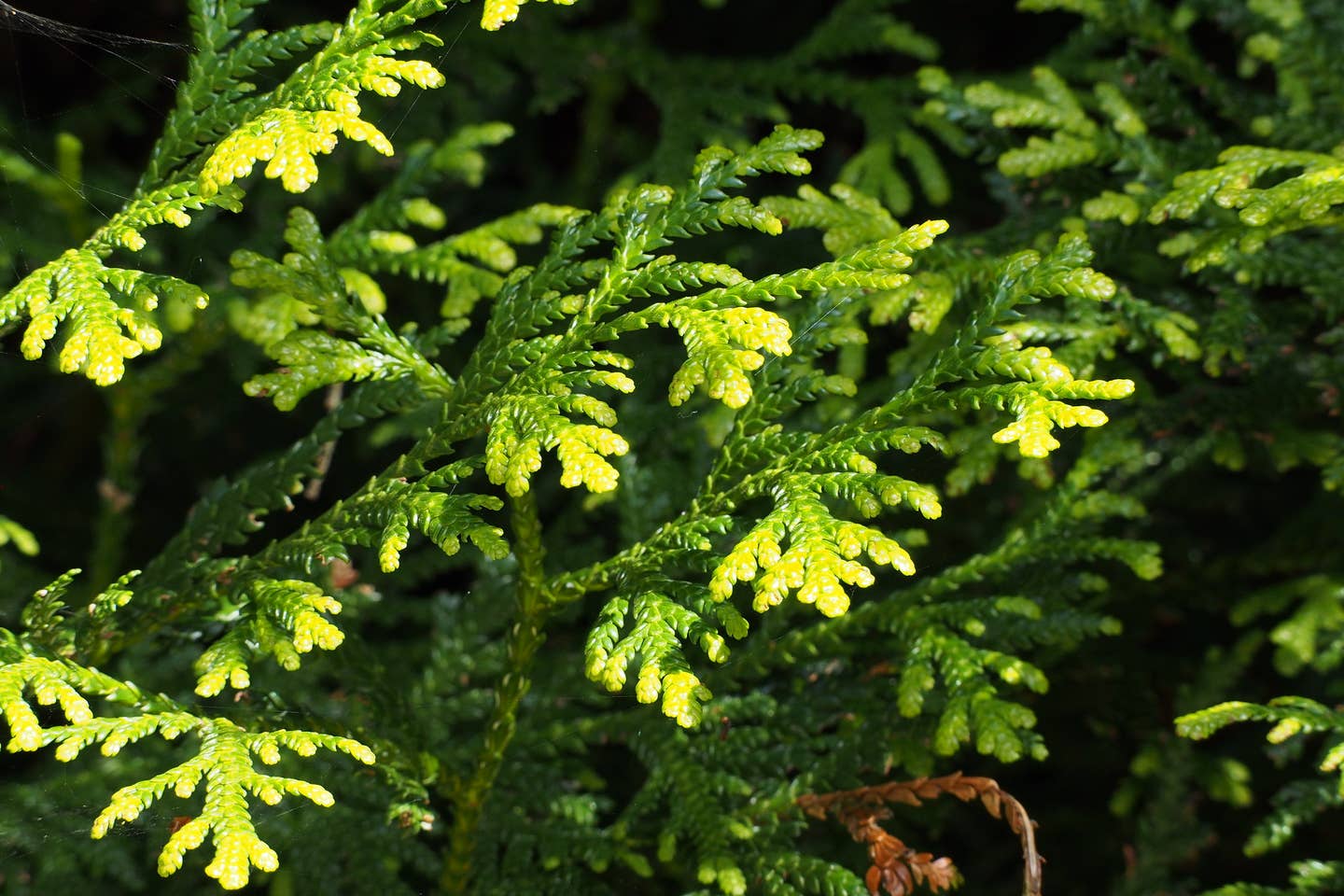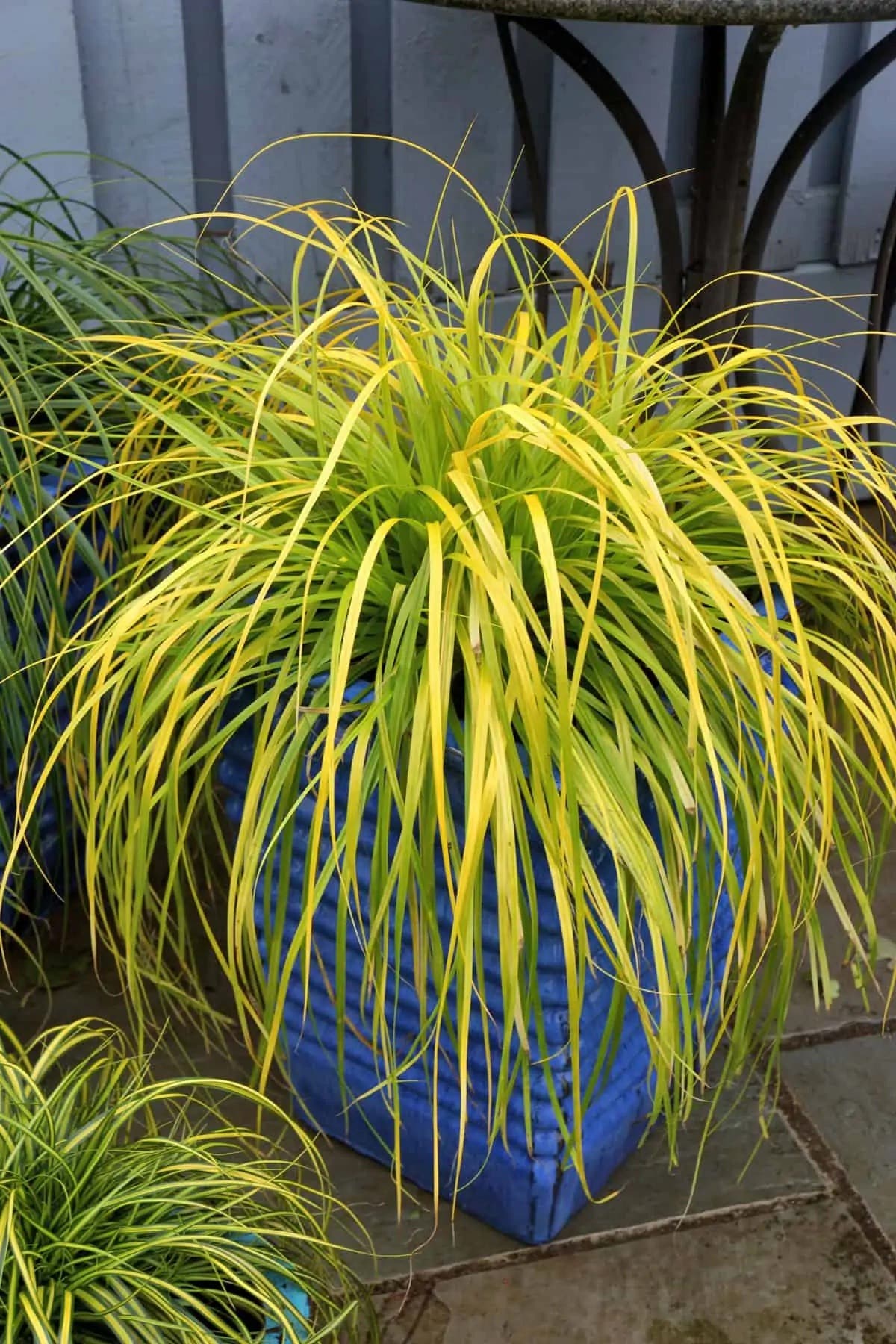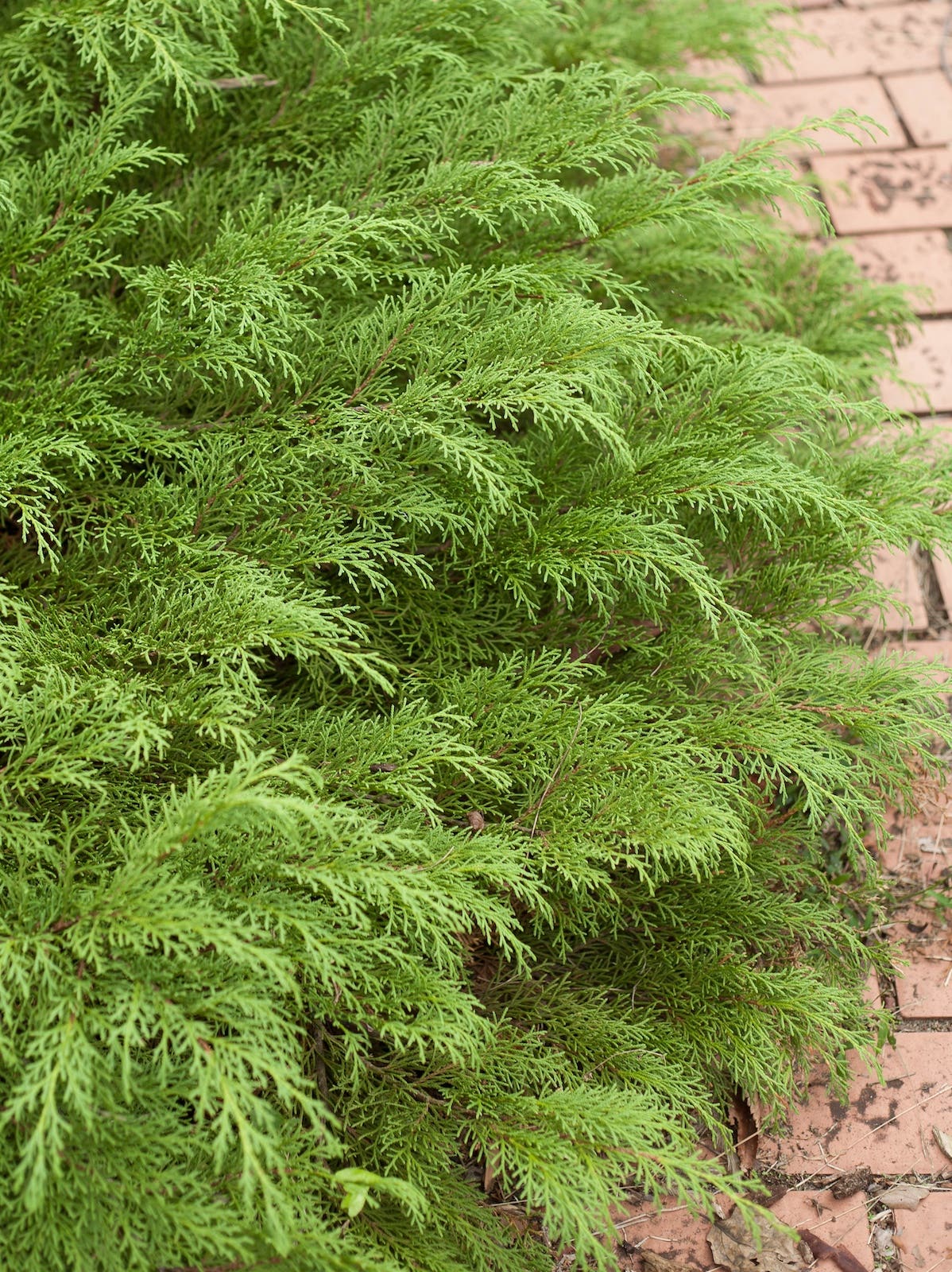How Much to Plant in Your Vegetable Garden
There is very possibly not a veggie gardener out there who has been growing for at least a few seasons who has not had the “problem” of overplanting something. Years…
There is very possibly not a veggie gardener out there who has been growing for at least a few seasons who has not had the "problem" of overplanting something. Years ago when we owned a restaurant, it was not uncommon for us to find a few boxes of zucchini or cabbages left on the doorstep overnight. Just this morning I was giving away jars of home-canned pickles.
How much you plant of each crop is a personal decision, one that should be based not only on how much each veggie plant produces, but more on what you like and what you intend to do with it.
I have read articles that tell a gardener how much to plant. A comment like "plant one eggplant for every family member that likes eggplant" does not look at whether you intend to freeze or dehydrate any, or just eat it fresh. In order to decide how much to plant, you need to look at why you are gardening.
If it’s to enjoy eating fresh produce during the season, you may want fewer amounts but more varieties. You would probably avoid the storage-type veggies, such as onions and winter squash, and instead look at summer squash and scallions. Heirlooms might be good for you because in most cases they do not produce as much, and many consider the flavor to be far superior. Also look for indeterminate tomatoes and pole beans, both of which produce less at once but over a longer period of time.
If you are gardening primarily to save money, the plan changes a bit. It depends on where you live of course. I garden in the Northeast, where short-season crops, like asparagus, and hard-to-transport items, like raspberries, are the most expensive. Look at what you are paying a lot for, and see if you can’t grow it yourself. Potatoes and onions are pretty cheap here, but broccoli and lettuce are steep. Go figure.
Are you planning to put food by? If you are, that changes again what you should grow. Here’s really where the size of your garden, your growing season, how you will store food, and especially what you like come in to play more specifically. Although these considerations are important to every gardener, when you are planning on storing food over a longer period of time, the calculations need to be more specific. Did you know that potatoes can give you a return of 6 to 8 lbs., or more, per pound planted? Winter squashes, sweet potatoes, onions, garlic, and potatoes are all crops that can be held fresh over the winter. With some help, so can cabbages, carrots, celery, leeks and brussel sprouts. And almost anything can be canned, frozen or dehydrated.
Once you know how you plan to use what you grow, it’s easy to find out how much a given plant will produce. There’s information like that on my website for most veggies.
Just keep in mind, plans change.
Gardening Jones is a master gardener in Pennsylvania. Learn more atgardeningjones.com/blog.
___________________________________________
Find ways to make the most of your vegetable-gardening space with How to Grow More Vegetables by John Jeavons.
Increase your yield and decrease your pest and disease problems with the companion-planting strategies outlined in the classic, must-read Carrots Love Tomatoes by Louise Riotte.
Grow more in less space with Mel Bartholomew's All New Square Foot Gardening.



